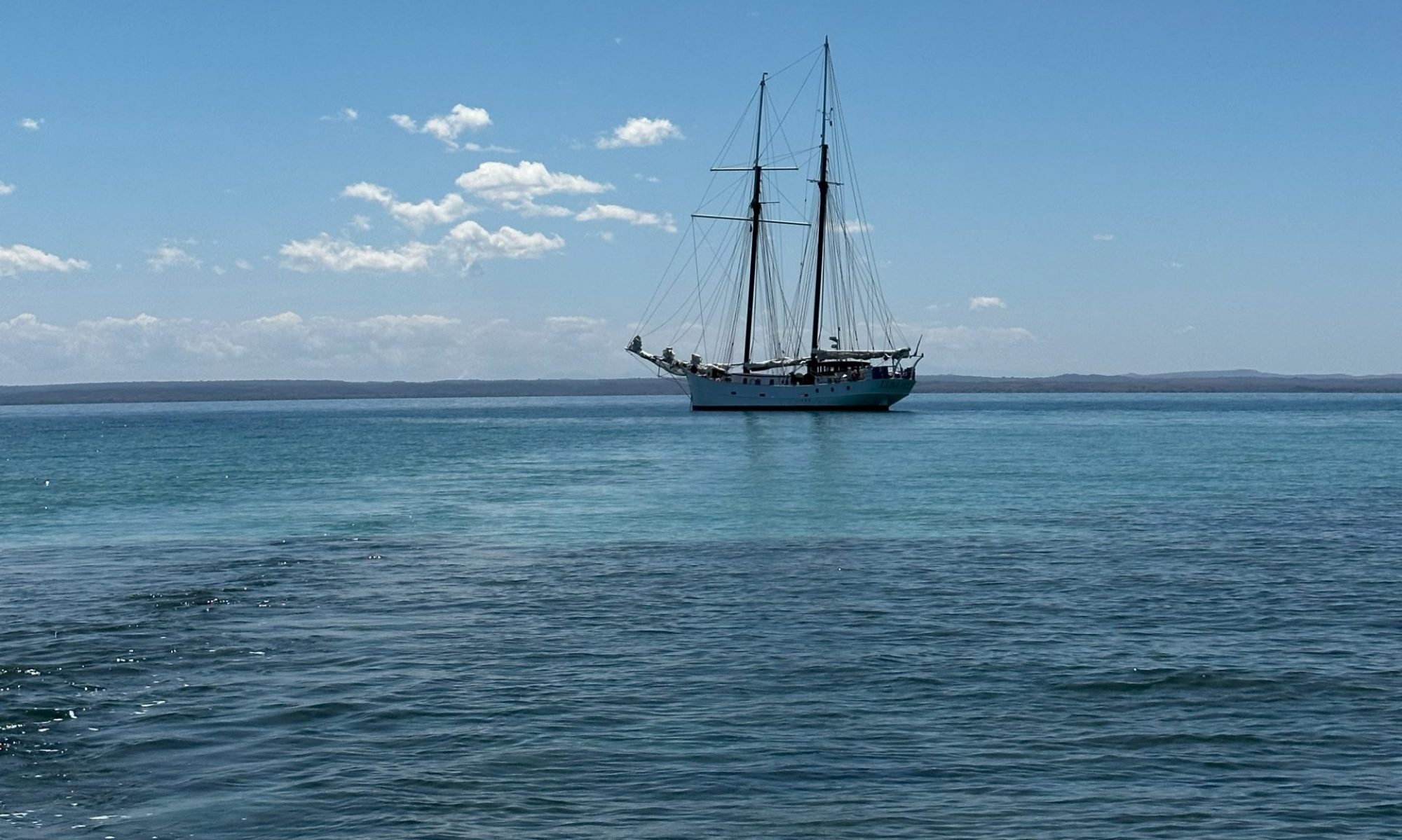Kiteboarding is a global sport ideal for those adventure addicts who love to collect passport stamps. There are countless good spots around the world, and new venues are being ‘discovered’ all the time. If you’re looking to travel it is important then to know when to go (for the best prevailing winds, warm weather and readable waves) and where. Here is a handful of popular options:
Cape Town
The powerful Cape Doctor southeaster wind in combination with dozens of varied spots found around the Cape make Cape Town a long time favourite wind sport mecca for the thousands of riders from around the world who flock to these shores every year between November and March. Cape Town is home to Red Bull King of the Air – the most prestigious big air competition in the world. And for good reason! Learn more about that event here, and find out here exactly what makes Cape Town such a special kiting destination.
Brazil
Brazil’s northeast coast (from Cumbuco to Barra Grande) offers nearly 500-kilometres of windswept perfection. The best time to go is from July to January and the further north you go The (up to Jericoacoara and Barra Grande) the stronger the prevailing winds get with 30+ knots almost guaranteed through October and November.
Tarifa
Tarifa in Southern Spain is renowned as Europe’s top spot for kiteboarders of all levels. It is a vibe beach town with some 10km of picturesque beach, consistently strong winds and (according to recents stats) no less than 300 days of sun a year. The best time to go is from April to November (with Sep-Nov being the least crowded).
Maui
No kiteboarding spots list is complete without including Maui. It is the place that launched kiteboarding into the mainstream with the first competition back in 1996. With nearly 50km of beaches, a balmy tropical climate and relaxed island vibes it remains a top location. Summer (Northern Hemi) is the best time for kiting, with the NE winds consistently around 15-25 knots Hookipa Beach Park is the most popular but more recently the most hardcore riders have even ventured out to the infamous Jaws in Winter.
Madagascar
The southern province of Tuléar (Toliara) offers favourable conditions for kiters and windsurfers alike. There are various well-known surf breaks in the area ideal for wave-riding as well as many lesser-known spots. Having been based in Madagascar for years, we know the conditions intimately and know exactly which spots to hit on which conditions for prime riding.
There are approximately 18 spots in and around Tuléar which are all included in the charter itinerary. Perhaps best known among these is Anakao, a two hour sail south of Tuléar and offers a clean, hollow left hand break over a fairly exposed fire coral reef aptly named Flame Bowls (or Flameballs). Flame Bowls is a world-class kitesurfing wave. The wind, mostly cross-offshore SE from the left, kicks in around midday and is usually around 15 to 20 knots which is still very surfable. Click here to learn more about our kiting charters
*Featured image by good friend Ydwer van der Heide, shot on location a few years back when he did a trip with us. Ydwer is currently undergoing treatment after a surf foiling accident in Holland in February, the world’s kiting community is pulling together to help fund his treatments. You can donate here




